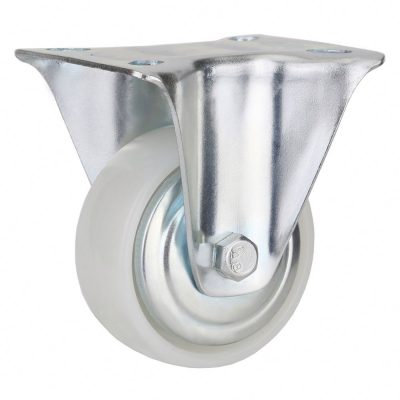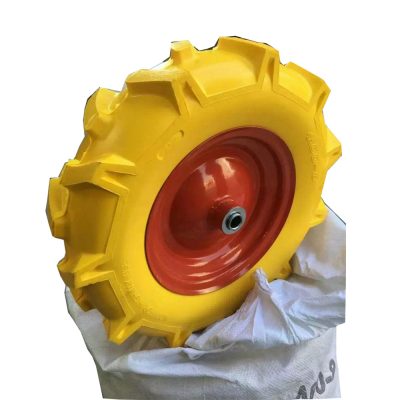Enhancing warehouse infrastructure with trolleys can significantly improve efficiency, organization, and safety within the facility. Trolleys are versatile tools that can streamline various warehouse operations. Here’s how you can use trolleys to enhance your warehouse infrastructure:
- Material Handling and Transportation:
- Use platform trolleys to move heavy and bulky items across the warehouse floor quickly and safely.
- Opt for cage trolleys to transport fragile or sensitive items securely, protecting them from damage.
- Order Picking:
- Equip order pickers with shelf trolleys to efficiently gather items for customer orders, reducing walking time and increasing the number of orders fulfilled per hour.
- Use multi-level trolleys to sort and organize picked items by order, route, or delivery destination.
- Inventory Management:
- Utilize specialized trolleys with bins, dividers, and trays to carry and organize small parts, components, and inventory items.
- Assign specific trolleys to hold items that need restocking, making the replenishment process more systematic.
- Loading and Unloading:
- Place trolleys near loading docks to facilitate the loading and unloading of goods from trucks. This reduces the need for manual carrying and speeds up the process.
- Tool and Equipment Transport:
- Use trolleys with built-in hooks and holders to transport tools and equipment needed for maintenance or repair tasks within the warehouse.
- Equip trolleys with power outlets to enable the use of tools requiring electrical power.
- Workstation Support:
- Provide mobile workstations using trolleys for tasks like packaging, labeling, and quality control. This ensures that workstations can be easily reconfigured as needed.
- Use adjustable-height trolleys to create ergonomic workstations that cater to different employee heights and preferences.
- Cross-Docking and Sorting:
- Set up trolleys at cross-docking points to quickly sort incoming goods for immediate outbound shipments, reducing storage time.
- Returns and Reverse Logistics:
- Designate specific trolleys for returned items, making it easier to process returns efficiently and accurately.
- Space Optimization:
- Choose foldable or stackable trolley designs to save space when trolleys are not in use.
- Utilize trolleys with vertical storage capabilities to maximize floor space and storage capacity.
- Safety and Ergonomics:
- Opt for trolleys with safety features like wheel brakes, ergonomic handles, and anti-vibration technology to ensure a safe and comfortable working environment for employees.
- Lean and Six Sigma Practices:
- Implement trolleys as part of lean manufacturing or Six Sigma initiatives to reduce waste, streamline processes, and improve overall efficiency.
- Data Collection and Tracking:
- Attach RFID tags or barcode scanners to trolleys for real-time tracking of items as they move through the warehouse, enhancing inventory accuracy and traceability.
By strategically integrating trolleys into your warehouse operations, you can optimize workflows, minimize manual handling, and create a more organized and efficient environment. When selecting trolleys, consider factors such as load capacity, maneuverability, compatibility with your existing infrastructure, and the specific needs of your warehouse processes.



















